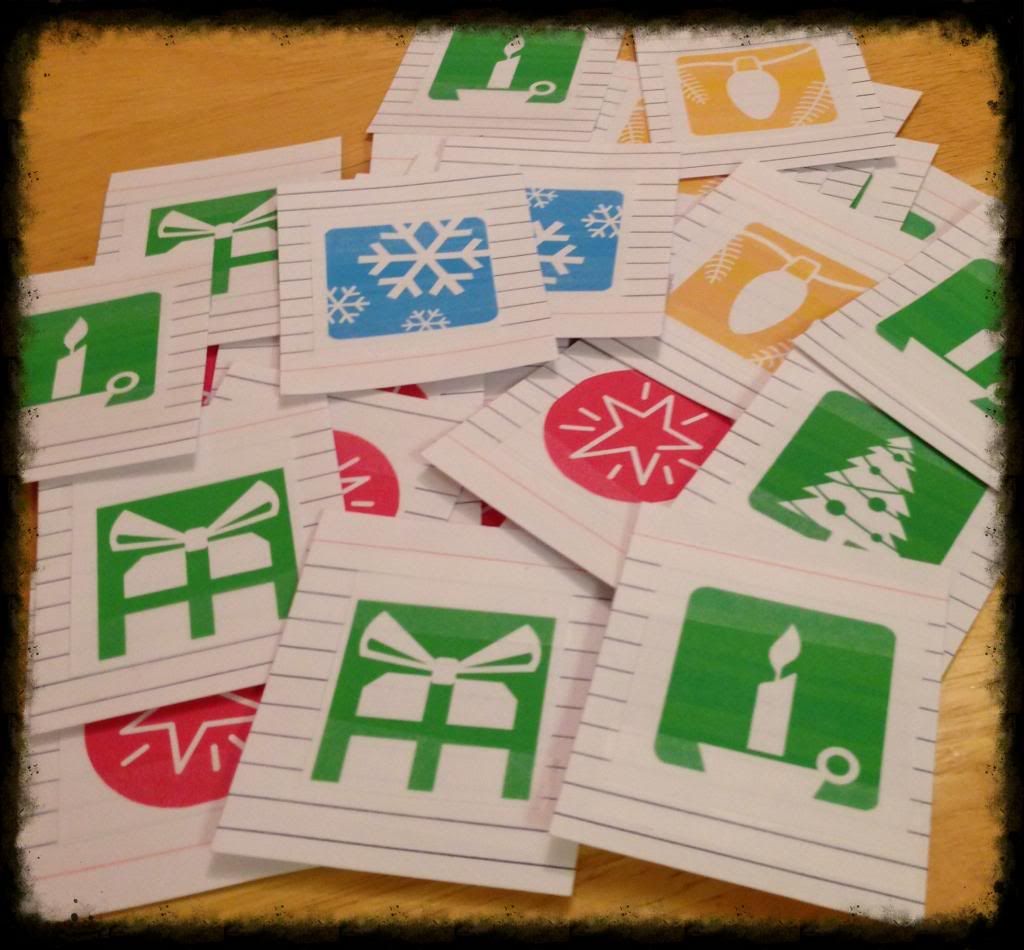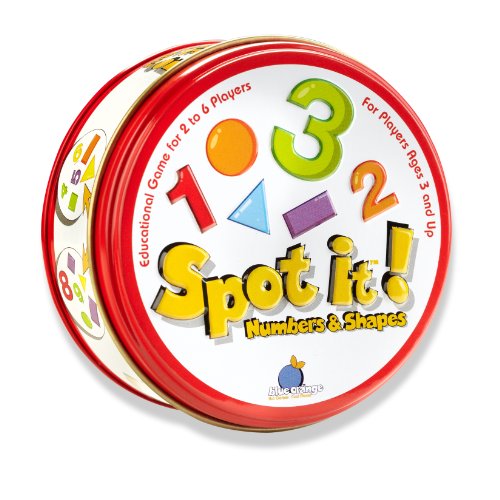{Affiliate links used. Thank you for supporting this blog.}
Picture dictionaries are a great jumping off point for conversations in the target language you are teaching. I love using the types of dictionaries that have "scenes" that you can use to talk about many different topics. The dictionaries I have listed here are {at the time of this posting} out of print {at least the Spanish versions are...other languages are available}, but they are readily available on the used market through Amazon and other sites.
Picture dictionaries with scenes can be used in a variety of ways. Here is a list of ideas:
{NOTE: All of these activities are done in the target language...on both the teacher and student side.}
1. Ask where certain items are in the target language and the student points them out.
2. Counting items on the page.
3. Show them a scene and they have to describe it in the target language.
4. Practice prepositions by describing where things are located. I normally do this by giving the student(s) two items in Spanish. They then have to tell me how the first item is positioned in regards to the second item. For example: El gato esta encima de la mesa.
5. Call out an item and the students give you an adjective for it.
6. Have the students describe the actions going on in the scene.
7. Discuss the emotions of the people in the scene.
8. For pages with lots of food pictures on them call out a color and the students tell you the foods that are that color.
9. Also, for food pages, call out an adjective like sweet or salty and have students list foods that fit that description.
10. Call out a letter of the alphabet and see if students can list any items on the page that start with that letter.
Let's Learn Spanish-Picture Dictionary
First Thousand Words in Spanish
Everyday Words in Spanish
You can probably find another million ways to use these books. I would love to hear your ideas!


















